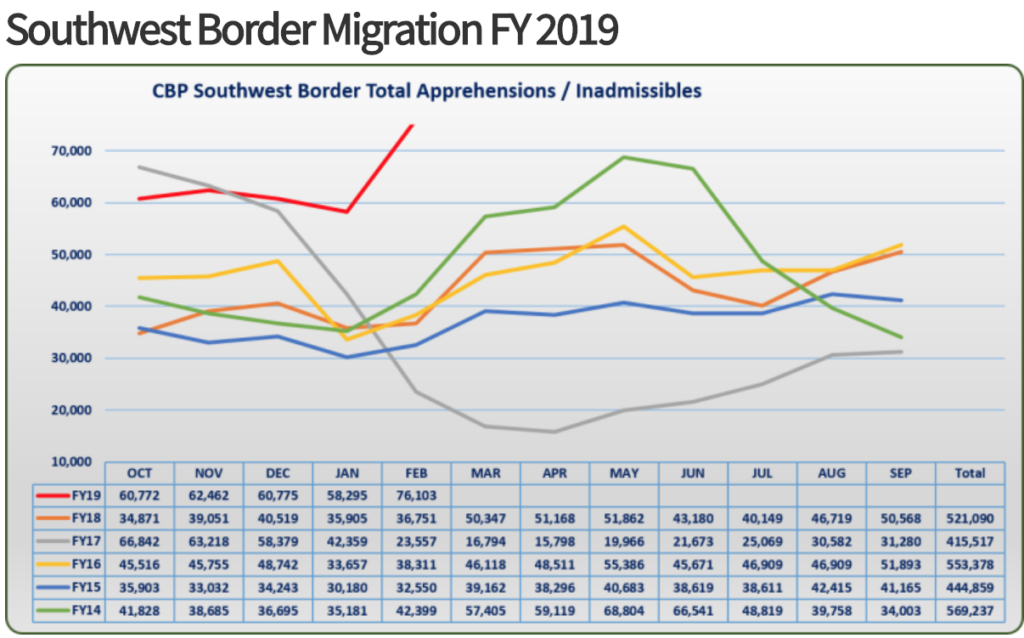The internal contradictions of nationalism, example #249
Here’s the Financial Times:
A trip to Jerusalem has become almost compulsory for today’s ‘strongman’ leaders . . .
Israel is benefiting from the rise of a new generation of nationalist-populist political leaders — from Washington to Delhi, and from Budapest to Brasília — who ardently admire the Jewish state. This change in the international political atmosphere has created new breathing space for a country that has long feared international isolation and trade boycotts.
In one sense this is not surprising, as Israel’s current leader is highly unpatriotic, in a fashion similar to that of other leading nationalists. Just as Orban has a low opinion of Hungarian Roma, and Modi doesn’t like Muslim and Christian Indians, and Trump doesn’t like Americans from “shithole countries”, Netanyuhu doesn’t like Israelis who happen to be Arabs. Indeed his coalition government relies on the support of the Jewish Power group, who want to encourage Israeli Arabs to leave their own country. (Sort of like the way Trump himself doesn’t say and do the worst stuff, but frequently praises those who do. The art of the “dog whistle”.)
In another sense, however, this is all rather jarring, as one important theme of Jewish history is opposition to nationalism and support of liberal internationalism. Again, this long proud tradition is not surprising, given that throughout most of history Jews have been a minority targeted by nationalist politicians. That’s why these modern trends make my head spin:
Another leader who loves to stress his friendship with Mr Netanyahu is Jair Bolsonaro, the new president of Brazil, who is currently visiting Israel. . . .
Indeed, a trip to Israel has become almost a compulsory stop for a new generation of “strongman” leaders, who revel in defying liberal opinion. Last September, Rodrigo Duterte, the leader of the Philippines, came to Jerusalem and told Mr Netanyahu: “We have the same passion for human beings” — a double-edged compliment, given that Mr Duterte is under investigation by the International Criminal Court for encouraging extrajudicial killings.
Another strongman cultivated by Mr Netanyahu is Viktor Orban, the prime minister of Hungary and champion of “illiberal democracy”, who visited Jerusalem last year. This relationship is controversial in Israel because Mr Orban launched a poster campaign in 2017 that used anti-Semitic imagery portraying George Soros, a Jewish philanthropist, as a puppet master intent on flooding Hungary with refugees.
Today’s Israeli leaders pal around with foreign leaders who embrace torture, mass murder, and traditional anti-Semitic tropes.
Perhaps this shouldn’t surprise me. Progressives used to encourage white artists to add black characters to their work, they used to favor a color blind society, they used to oppose the prudery of the Victorian era, they used to favor free speech. Now they tell artists to stick to their own race, they oppose free speech, they consider advocacy of a color blind society to be racist, and they are the worst sort of prudes.
I guess we all just have to accept that, “the times they are a’changing”
But I don’t plan to change; I’ll go to my grave opposing identity politics.
PS. I wouldn’t vote for him, but in fairness to Netanyahu he is far better than Trump on economic policy–as I explain in this new Econlog post.
PPS. The FT has another story suggesting that British patriotism is being replaced with English nationalism.
PPPS. Just when we need a sound Democratic Party to defeat Trump in 2020, they begin to self-destruct:
Former President Barack Obama warned on Saturday that progressives risk creating a “circular firing squad” at a time when prospective presidential candidates are competing fiercely against one another to run against President Trump.
I hope I’m wrong, but right now the party looks like a slow motion traffic accident, playing out right before our eyes. Once again, Trump will benefit from the unpopularity of his opponents.
PPPPS. Don’t forget to order Bryan Caplan’s new book advocating open borders:



